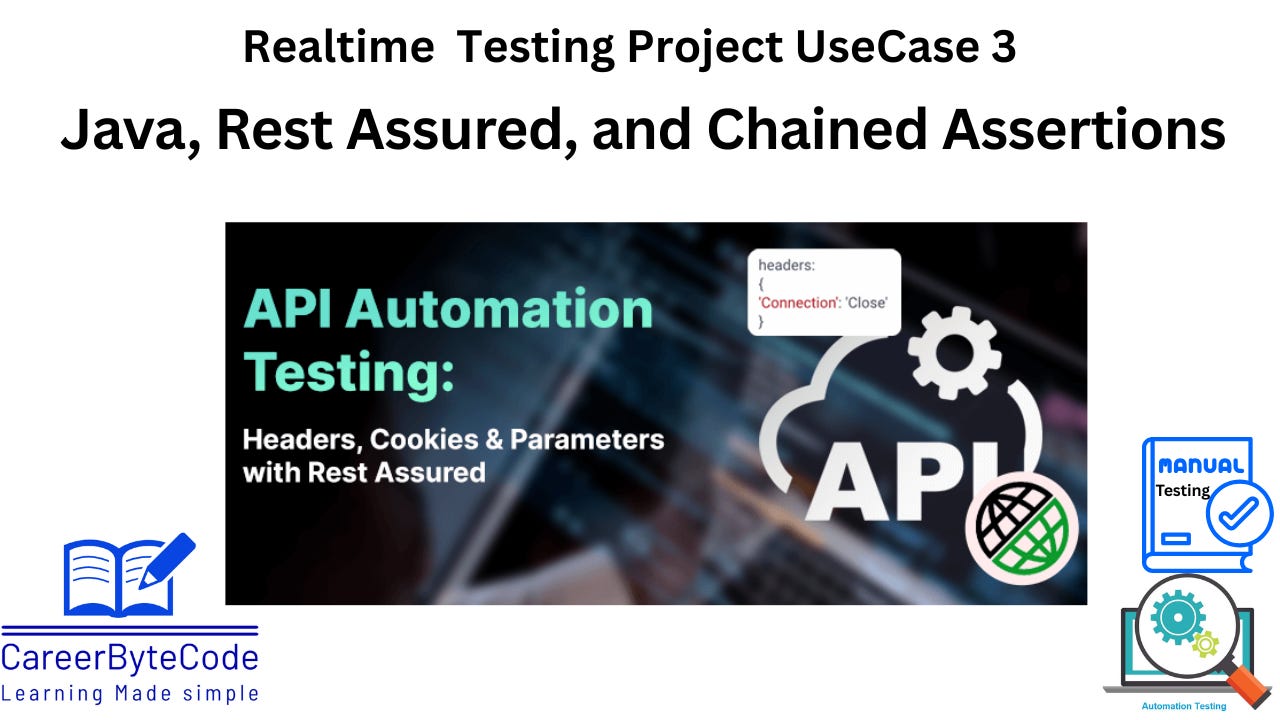Mastering API Chaining with Rest Assured: Automate Real-Time Workflows in Java
Build Once, Test All: API Chaining Framework with Java + TestNG
1. Problem Statement
In many real-world applications, especially in microservices architecture, multiple API endpoints depend on each other in a specific sequence. For example, in a customer onboarding journey, we might need to:
Create a user
Fetch the user profile using the returned user ID
Update user contact details
Testing these dependent APIs individually won't reflect real-world behavior. Hence, a proper chained API testing strategy is required, where the output of one API is used as input for the next. This ensures data consistency, response validation, and end-to-end functional testing.
2. Why We Need This Use Case
In real-world applications, especially banking, healthcare, and e-commerce, user flows involve multiple backend service calls chained together.
Testing APIs individually doesn’t guarantee that the entire flow works correctly when APIs are invoked in sequence.
Chained API testing simulates real user workflows and validates the correctness of data throughout the journey.
Helps uncover issues like token mismatches, missing dependencies, and data integrity problems early in the cycle.
Rest Assured allows easy extraction of response data (like user ID) and chaining logic using Java + TestNG in a clean, modular way.
3. When We Need This Use Case
When testing dependent REST APIs where one API output is required for the next.
During user registration/login/checkout or multi-step onboarding processes.
In CI/CD pipelines, where verifying end-to-end flows is necessary before release.
When you need to implement BDD-style automation that reflects real-world user behavior.
For data-driven testing, where the API response is the input to a downstream system.






